It’s easy to overlook Mercury, the tiny world that skims so close to the Sun it almost disappears in the glare. Yet behind that glare is a planet that keeps springing surprises: ice where it shouldn’t exist, a magnetic field that behaves oddly, and a surface scarred by eruptions long after it should’ve gone quiet. For decades, Mercury forced scientists to rewrite assumptions about how rocky planets form and evolve. Now, as a new wave of spacecraft closes in, the smallest planet is set to become one of the biggest stories in planetary science. The mystery isn’t whether Mercury will surprise us again – it’s how.
The Hidden Clues
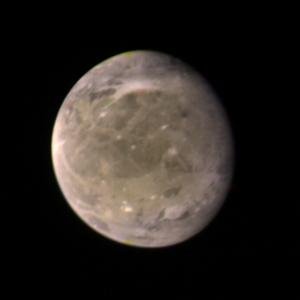
What if the innermost planet, baked in sunlight, hides some of the coldest places in the Solar System? That paradox hooked researchers, because Mercury’s deep craters near the poles never see the Sun, turning them into cosmic freezers. When radar echoes brightened those regions decades ago, it hinted at something reflective and strange beneath the darkness. Later, orbital data sealed the case for water ice and dark organics tucked into these shadows, a find that reshaped expectations for volatile materials so close to the Sun.
I still remember spotting Mercury low on a spring horizon and being stunned that this shy ember in the twilight could harbor frozen secrets. It’s a little like finding frost in a blast furnace, the kind of twist that forces you to rethink the rules. Those polar caches aren’t just curiosities; they’re archives of impacts and solar radiation chemistry. If you want to study how water and carbon move around the inner Solar System, Mercury offers a pristine, surprising lab.
Speed, Spin, and a Scorched Surface

Mercury races around the Sun in roughly about eighty-eight Earth days, but it spins so slowly that a single sunrise to sunrise lasts about half an Earth year. That 3:2 spin–orbit resonance means the planet rotates three times every two orbits, a dynamic lock that gives Mercury some of the most extreme day–night temperature swings anywhere. Daytime ground can reach oven-like heat, while night plunges to deep-space cold. The result is a world that is both quick and weary, hustling around the Sun while its own days stretch out endlessly.
Those extremes leave fingerprints on the surface. Thermal stress can crack rocks and help free atoms from minerals, feeding Mercury’s ultra-thin exosphere. Materials migrate, get lofted by meteoroid hits, and ride the solar wind’s pressure like dust swept off a porch. Even without air, Mercury breathes – just very slowly, and in ghostly atoms rather than gusts of wind.
From Ancient Tools to Modern Science
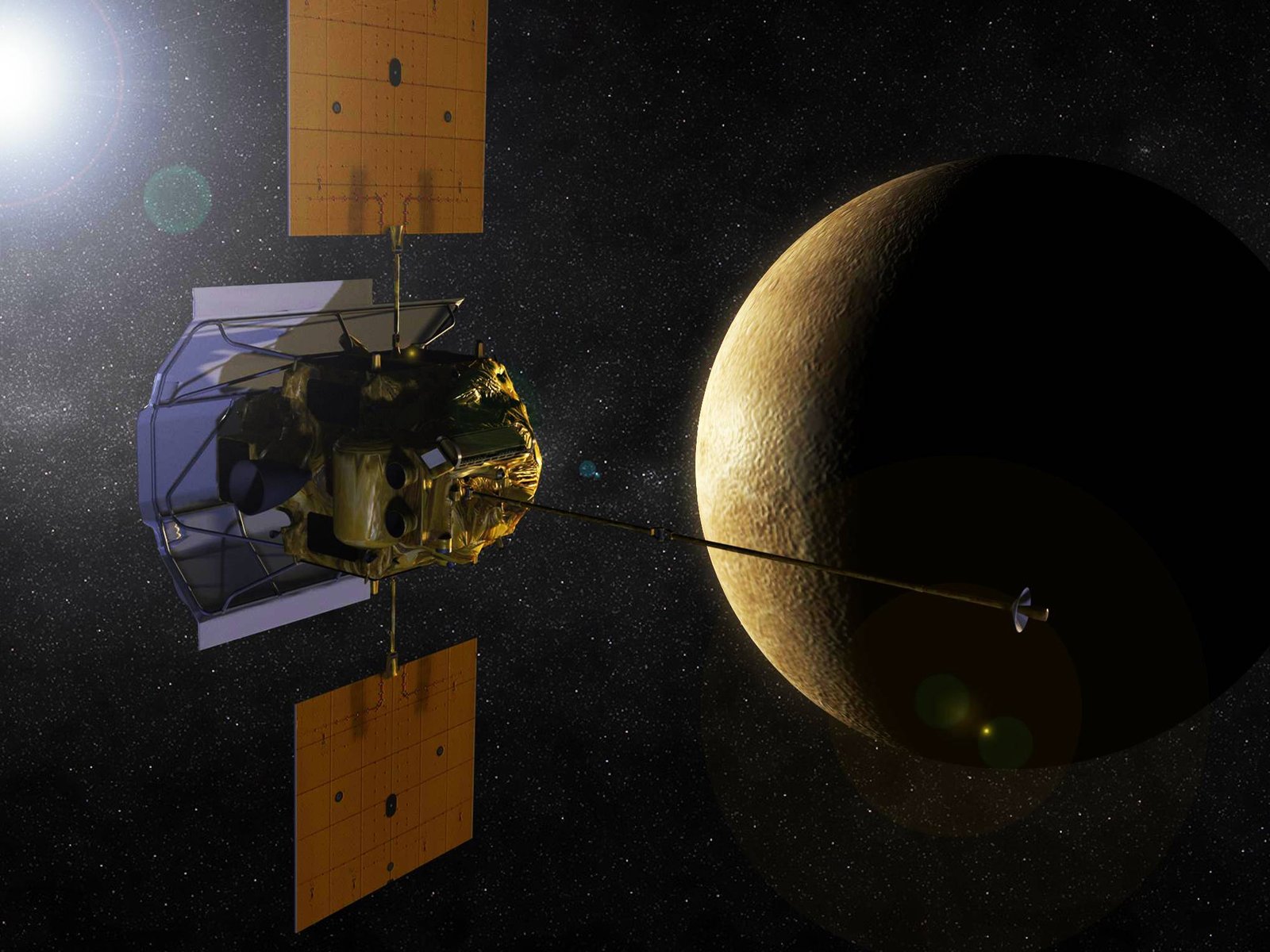
Mercury has always been the morning-and-evening wanderer in the sky, known to early astronomers who tracked it with patient eyes and simple instruments. The real revelations began with flybys, when Mariner 10 offered the first close looks in the 1970s and revealed a battered, Moon-like face – and, to everyone’s shock, a global magnetic field. Decades later, NASA’s MESSENGER orbiter mapped almost the entire planet, confirmed volcanic plains, and found chemical signatures that didn’t fit the old picture of a bone-dry, stripped-down world. The planet’s composition appears enriched in volatile elements that should have been boiled off by the Sun, deepening the puzzle rather than solving it.
Europe and Japan’s joint BepiColombo mission is now carrying that baton. Launched in 2018, it has threaded a gauntlet of planetary flybys and course corrections to match Mercury’s tight, fast orbit. Engineers reworked the cruise plan after propulsion power shortfalls, pushing orbital arrival to December 2025 while preserving the core science goals. The payoff will be a one-two perspective: one orbiter will focus on the surface and interior, the other on the magnetic bubble and space weather around the planet.
A Core That Warps the Compass
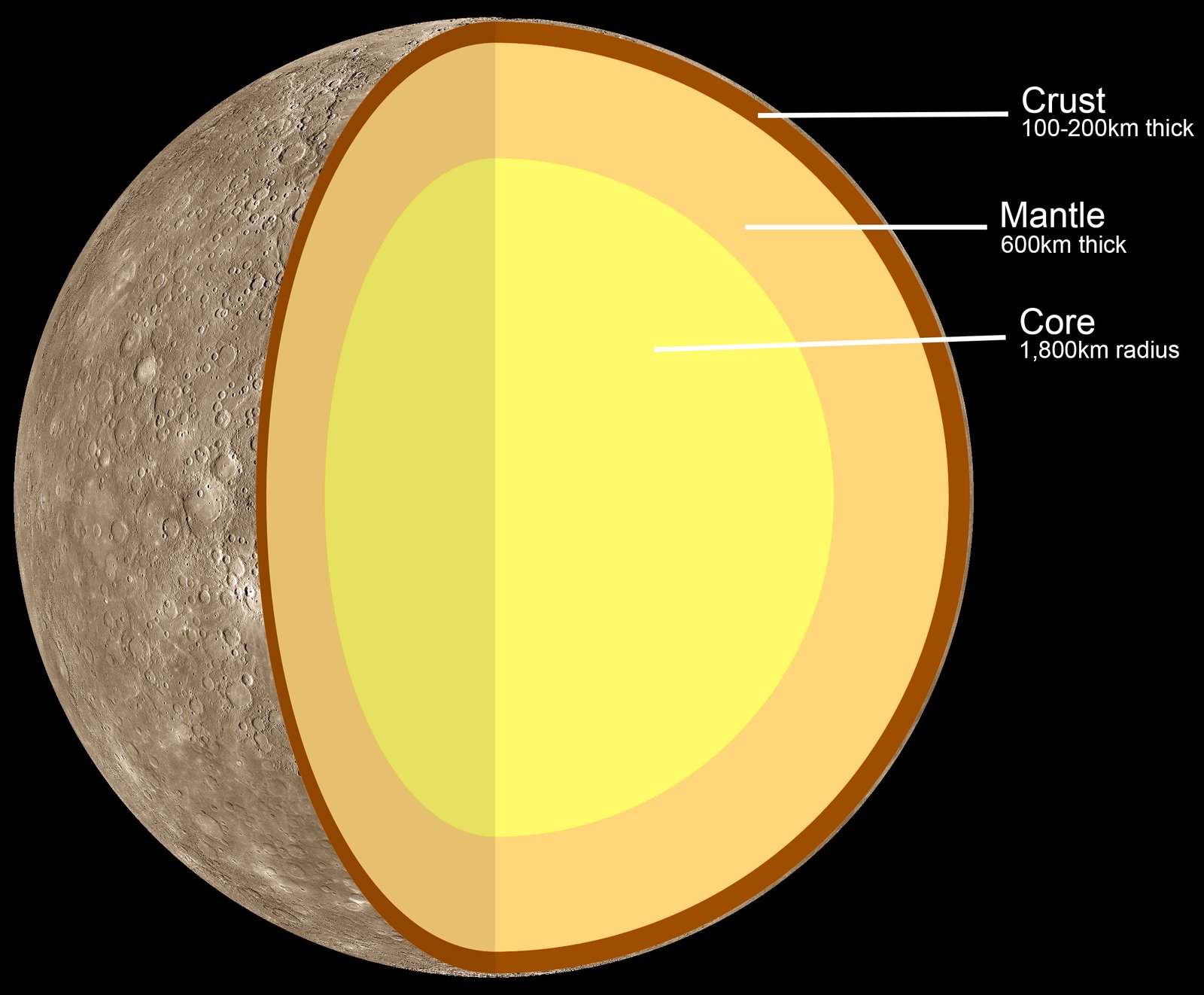
Mercury is metal-heavy – so much so that its core takes up roughly about four-fifths of the planet’s radius, a proportion unmatched among the rocky worlds. That oversized, partially molten heart generates a magnetic field far weaker than Earth’s but far stranger: it’s shifted northward, as if the planet’s internal dynamo sits off-center. MESSENGER’s gravity and magnetic maps point to a layered interior with a fluid outer core and a solid inner seed, a structure that helps explain the lingering dynamo. The tilted, offset field also makes Mercury a laboratory for how solar storms slam into a magnetized world that barely has any atmosphere.
There’s an elegant bonus: Mercury helped confirm general relativity because its lopsided, precessing orbit refused to obey Newton’s math alone. Even today, subtle changes in the planet’s spin and wobble help scientists pin down the size and state of the core with exquisite precision. In other words, the smallest planet punches above its weight in both geophysics and fundamental physics.
Shadowed Ice, Sodium Tails, and Other Oddities

Mercury’s exosphere is so thin it’s closer to a vacuum than a breeze, yet sunlight can knock atoms free and drive them into a comet-like tail stretching tens of millions of kilometers. Sodium paints the most dramatic signature in that tail, joined by trace calcium and magnesium that flare and fade with the Sun’s moods. On the ground, the planet hosts bright, rimless “hollows,” fresh-looking pits likely carved as volatile-rich rocks sublimated away – a process rare on other worlds. Mercury keeps revealing that heat doesn’t simply erase delicate features; sometimes it sculpts them.
Add to that volcanism that lasted surprisingly long in the planet’s history, resurfacing vast plains with lavas after the big basins formed. The chemical fingerprints across those plains don’t match a one-note recipe, suggesting complex mantle sources and evolving eruptions. Taken together – the tail, the hollows, the patchwork chemistry – you get a world that behaves like a high-temperature experiment you’d expect to blow out in minutes, except it’s been running for billions of years.
Why It Matters

If we want to understand Earth, we can’t ignore the extremes that test the rules. Mercury is the end-member of rocky planet formation, where intense heat, fierce radiation, and relentless solar wind rewrite surface and atmospheric chemistry. Its dense core and offset magnetic field challenge standard models of how dynamos start, stall, and sputter back to life. And the polar ice offers a ledger of water and organic delivery into the inner Solar System, a record relevant to our own planet’s early inventory.
Mercury also updates the playbook for exoplanets, especially the searing, close-in rocky worlds we’re now discovering around other stars. Observations there are sparse and indirect; Mercury gives us a nearby template we can measure in detail. Consider these quick anchors:
- Mercury’s day–night extremes show how rocks fracture, migrate, and release atoms without air, informing models of bare-rock exoplanets.
- Its volatile-rich chemistry pushes back against the idea that heat always strips light elements, a warning for oversimplified formation theories.
- Its lopsided magnetic field tests how star–planet interactions funnel energy and particles where you least expect them.
The Future Landscape
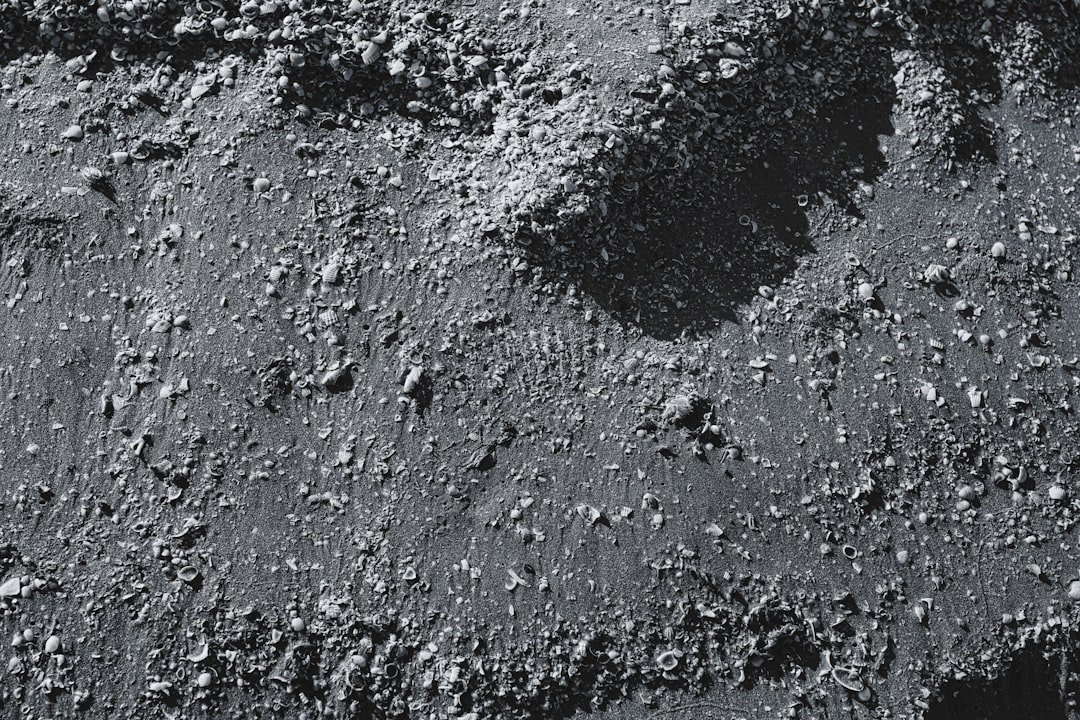
BepiColombo’s dual orbiters will map Mercury’s surface mineralogy at finer scales, probe the crust’s thickness and composition, and track how the exosphere breathes from hour to hour. Instruments will read the magnetic field in stereo, tying sudden bursts in the tail to gusts in the solar wind, and revealing how an offset dynamo shields – or fails to shield – the surface. Engineers built the mission to shrug off heat with layered insulation and radiators, turning a hostile furnace into a stable lab bench. With arrival planned for late 2026 after a trajectory rethink, the mission will trade time for precision, a smart bet when the science is this rich.
Looking beyond, Mercury invites inventive ideas: small landers that hop between cool shadows and sunlit rims, cubesats riding along to sniff the tail, even sample-return concepts that target freshly exposed materials in hollows. The challenges are brutal – gravity wells, temperature swings, and radiation – but the tools are catching up. Every iteration brings a clearer view of how rocky planets are built, weathered, and rewired by their stars. That knowledge feeds not just curiosity, but better interpretations of the rocky worlds we’re now finding everywhere we look.
Conclusion
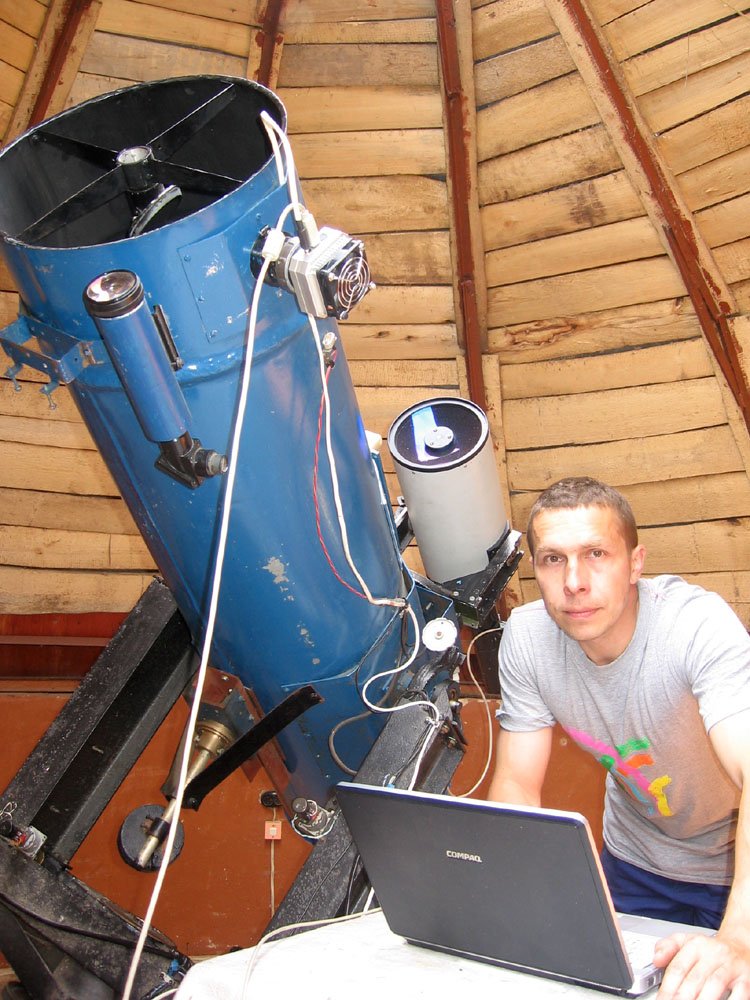
If Mercury has your attention now, there are simple ways to join the story. Follow mission updates from space agencies, science teams, and observatories that track the planet’s changing tail and its polar shadows. Try catching Mercury at dusk or dawn when it peeks above the horizon; a pair of binoculars and a clear view are enough for a first encounter. Support public observatories and school programs that turn curiosity into opportunity, because the next big insight might start with a question asked at a backyard star party.
If you’re able, contribute to organizations that expand access to science and fund student-led instrumentation, the seeds of tomorrow’s missions. Mercury may be small, but it’s changing how we think about worlds near their stars – here and across the galaxy. Ready to look closer?

Suhail Ahmed is a passionate digital professional and nature enthusiast with over 8 years of experience in content strategy, SEO, web development, and digital operations. Alongside his freelance journey, Suhail actively contributes to nature and wildlife platforms like Discover Wildlife, where he channels his curiosity for the planet into engaging, educational storytelling.
With a strong background in managing digital ecosystems — from ecommerce stores and WordPress websites to social media and automation — Suhail merges technical precision with creative insight. His content reflects a rare balance: SEO-friendly yet deeply human, data-informed yet emotionally resonant.
Driven by a love for discovery and storytelling, Suhail believes in using digital platforms to amplify causes that matter — especially those protecting Earth’s biodiversity and inspiring sustainable living. Whether he’s managing online projects or crafting wildlife content, his goal remains the same: to inform, inspire, and leave a positive digital footprint.




